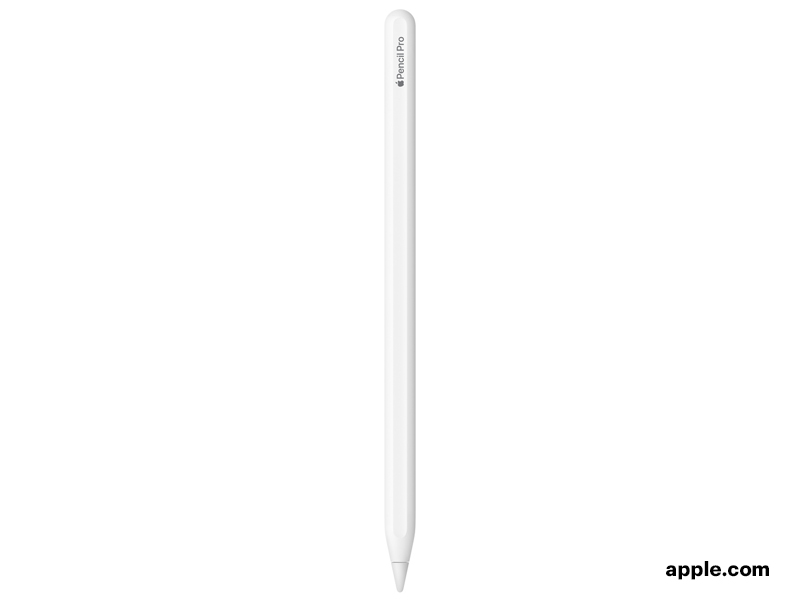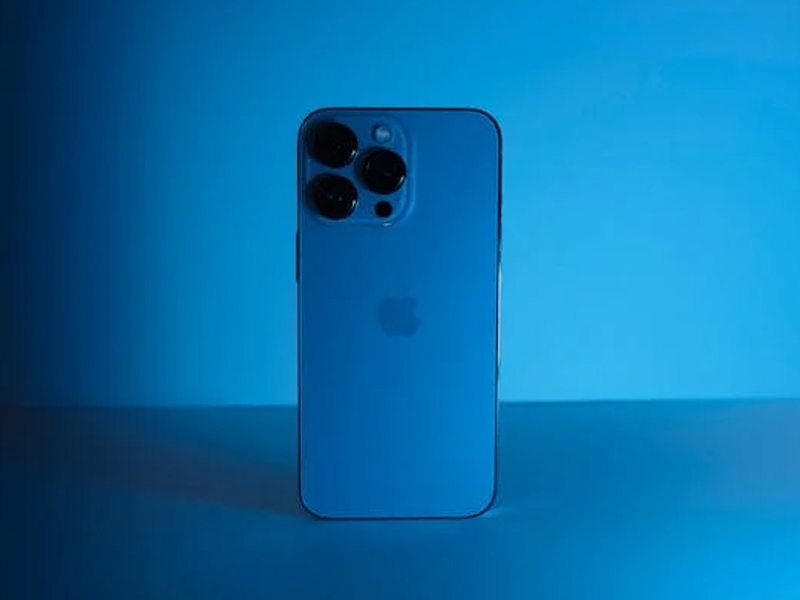Apple iMac review (2012)
Apple
 Better, faster, stronger. The new iMac claims to be better in all the ways you’d expect a refreshed product to be better: it steps up to Ivy Bridge, and packs NVIDIA Kepler chips for stronger graphics performance. It sports an improved display that cuts down on glare by 75 percent.
But thinner? For the first time in the product’s history, the iMac is missing a built-in optical drive, which allows it to measure just 5mm thick around the edges. We can’t say we’ve been waiting for a desktop quite that skinny, but if the new iMac delivers substantive improvements over the last-gen model, we won’t begrudge Apple a little eye candy. So, does the iMac do more than just sit pretty? Are the performance and display as good as we’ve been led to believe? In a word, yes. Here’s why.
Better, faster, stronger. The new iMac claims to be better in all the ways you’d expect a refreshed product to be better: it steps up to Ivy Bridge, and packs NVIDIA Kepler chips for stronger graphics performance. It sports an improved display that cuts down on glare by 75 percent.
But thinner? For the first time in the product’s history, the iMac is missing a built-in optical drive, which allows it to measure just 5mm thick around the edges. We can’t say we’ve been waiting for a desktop quite that skinny, but if the new iMac delivers substantive improvements over the last-gen model, we won’t begrudge Apple a little eye candy. So, does the iMac do more than just sit pretty? Are the performance and display as good as we’ve been led to believe? In a word, yes. Here’s why.
LOOK AND FEEL
 All told, the new design is eye-catching, and will probably earn you bragging rights the next time you give someone a tour of the home office. But how often are you going to be staring at your computer edge-on? And how many stares can a desktop draw if you never take it out in public? As you’ll see, we ultimately recommend the iMac for several reasons — namely, speed, display quality and graphics might. Thinness counts, too, but it feels more like a nice bonus than anything else.
All told, the new design is eye-catching, and will probably earn you bragging rights the next time you give someone a tour of the home office. But how often are you going to be staring at your computer edge-on? And how many stares can a desktop draw if you never take it out in public? As you’ll see, we ultimately recommend the iMac for several reasons — namely, speed, display quality and graphics might. Thinness counts, too, but it feels more like a nice bonus than anything else.
KEYBOARD, MOUSE AND MAGIC TRACKPAD
 Just as the overall design hasn’t changed much, neither have the included peripherals. As ever, the Bluetooth keyboard is a compact little thing, fairly small considering it was built to live on a desk (one big enough to accommodate a 21- or 27-inch computer, at that). In fact, the keys take up about as much space as on the 15-inch MacBook Pro, and the spacing between the buttons is similar, too. The only reason it might have been bigger, then, would have been to accommodate a numpad, which you’ll not find here.
Just as the overall design hasn’t changed much, neither have the included peripherals. As ever, the Bluetooth keyboard is a compact little thing, fairly small considering it was built to live on a desk (one big enough to accommodate a 21- or 27-inch computer, at that). In fact, the keys take up about as much space as on the 15-inch MacBook Pro, and the spacing between the buttons is similar, too. The only reason it might have been bigger, then, would have been to accommodate a numpad, which you’ll not find here.
DISPLAY AND SOUND
 If you’re thinking of buying the new iMac, this is your single best reason to take the plunge. That and, well, the screaming performance. Though the screens have the same resolution as the last generation (1,920 x 1,080 for the 21-inch model and 2,560 x 1,440 for the 27-incher), they promise 75 percent less glare, thanks to a full lamination manufacturing process that eliminates the gap between the LCD and the glass. In principle, it’s not unlike the optical bonding technique used in the Surface, iPhone 5 and other devices; we’ve just never seen it done on a screen quite this large. Additionally, Apple used a process called plasma deposition to apply an anti-reflective coating at an atomic level, instead of just blanketing the screen with the stuff. The goal there was to reduce reflections on that glass layer without dulling the quality of the colors coming from underneath.
If you’re thinking of buying the new iMac, this is your single best reason to take the plunge. That and, well, the screaming performance. Though the screens have the same resolution as the last generation (1,920 x 1,080 for the 21-inch model and 2,560 x 1,440 for the 27-incher), they promise 75 percent less glare, thanks to a full lamination manufacturing process that eliminates the gap between the LCD and the glass. In principle, it’s not unlike the optical bonding technique used in the Surface, iPhone 5 and other devices; we’ve just never seen it done on a screen quite this large. Additionally, Apple used a process called plasma deposition to apply an anti-reflective coating at an atomic level, instead of just blanketing the screen with the stuff. The goal there was to reduce reflections on that glass layer without dulling the quality of the colors coming from underneath.
PERFORMANCE
 As you’d expect from a desktop that’s getting refreshed in late 2012, the new iMac steps up to Intel Ivy Bridge processors, along with NVIDIA Kepler GPUs. For the purposes of this review, we tested two units (one in each size, natch). This included a 21-inch system with a 3.1GHz Core i7 CPU, 16GB of RAM and a 512MB NVIDIA GeForce GT 650M GPU, and a 27-inch machine with a 3.4GHz Core i7 processor, 8GB of RAM and a 2GB GeForce GTX 680MX. Were you to buy these yourself, they’d cost $2,149 and $2,599, respectively.
As you’d expect from a desktop that’s getting refreshed in late 2012, the new iMac steps up to Intel Ivy Bridge processors, along with NVIDIA Kepler GPUs. For the purposes of this review, we tested two units (one in each size, natch). This included a 21-inch system with a 3.1GHz Core i7 CPU, 16GB of RAM and a 512MB NVIDIA GeForce GT 650M GPU, and a 27-inch machine with a 3.4GHz Core i7 processor, 8GB of RAM and a 2GB GeForce GTX 680MX. Were you to buy these yourself, they’d cost $2,149 and $2,599, respectively.
CONFIGURATION OPTIONS
 We highly recommend the iMac to all the above groups, though unless you’re a pro or just have to have that extra screen real estate, the $1,799 price might deter you from choosing the 27-inch model. Even so, the 21-incher is a powerful machine in its own right, and is priced low enough that we can see folks picking one up to use in the home office, or as a shared family machine.
We highly recommend the iMac to all the above groups, though unless you’re a pro or just have to have that extra screen real estate, the $1,799 price might deter you from choosing the 27-inch model. Even so, the 21-incher is a powerful machine in its own right, and is priced low enough that we can see folks picking one up to use in the home office, or as a shared family machine.
Frequently Asked Questions?

01
Tech Gadgets
Apple Pencil Pro: A Game-Changer for Artists, Designers & Note-Takers
May 8, 2024

01
AR and VR
Snap Engages Users with New AR & ML Toolkit
May 7, 2024

01
Tech Gadgets
Power Down to Power Up: How a Digital Detox Benefits You and the Planet
May 6, 2024

01
Mobile Technology
iPhone Repair Just Got Easier: No More Disabling Find My Before Service
May 4, 2024
SUSBSCRIBE TO OUR NEWSLETTER
Join our subscribers list to get the latest news and special offers.
Apple Pencil Pro: A Game-Changer for Artists, Designers & Note-Takers
Snap Engages Users with New AR & ML Toolkit
Power Down to Power Up: How a Digital Detox Benefits You and the Planet
Gatherings Just Got Easier: WhatsApp Communities Now Have Built-In Event Planning